 My last post
My last post discussed the way that I approach the invention, adaptation and conceptualization of Adventure Activities. I proposed that adventure activities follow a universal theme including an objective, an action, a way to use props, and limitations of group members. Several archetypes of each element exist, and they will be explained in detail over this series of posts.
The first element of Archetypal Adventure Activities, and the topic of this post, is the objective. The term objective is used in a lot of different ways in the therapy world, so I’ll be clear. This is not necessarily a treatment goal, or a treatment plan objective, I am referring to the objective of the activity. It is often presented to a group early on in the description of what they are doing next. For example, “Your objective today will be to get all team members to the other side…” (completion), or “the objective of this activity is to see how quickly your group can complete the following sequence” (optimization). The following list explains seven different archetypes of objectives that are used within adventure activities. This is the list that I have developed through my own facilitation and my observation of lots of other adventure therapists. It is entirely possible that I’ve missed some. Please feel free to add to the comments if you see an obvious omission.
Objective Archetypes
- Completion – The activity is posed as a challenge for the group to accomplish. This is usually a problem that needs to be solved, or a task that needs to be completed according to a specific definition. For example, “I will know you are done, when your whole group is standing on this platform.”
- Optimization – The activity is run to see how well the group or client can do vs. themselves or their own bests. For example, “Awesome, you all accomplished that in 9.67 seconds. How fast do you think this group can complete this task with our next try?”
- Connection – The activity is framed as a way to connect with people, place, self, or object. For example, “As you are mingling through the group of people, if you bump into someone, say “hello” and tell them about why you are in this program today.”
- Cooperation – The activity is framed as a challenge that will require group cooperation. For example, “in this activity, the group will need to work together to get this stick down to the ground”
- Competition – The activity is framed with a winner and loser. These games may also be adapted into a cooperation game to shift the focus. For example, “in this activity, there will be two teams, and we will be working to see how many points you can earn.”
- Trust – The activity is run with participants knowing they will need to work toward trusting each other to complete the task. For example, trust fall, trust run, leap of faith, wind in the willows, etc.
- Expression – The activity becomes an opportunity for individuals to express themselves. For example, “ during this activity, if you step on a ‘landmine’ talk to your guide and give them feedback about what you need to communicate more clearly.”
Adapting Activities by Changing Objectives

You may have realized that some activities are often framed with one objective to start, and then evolved and adapted into another. Group Juggle (completion) frequently evolves into warp speed (optimization). All that changes is the objective. Competition activities frequently evolve into Cooperation activities. I’ve heard some facilitators call this evolution “co-ompetition,” but I do not know if that has an original source (please comment below if you know where that originates!) As you can see, sometimes switching the objective of a known activity is as great as inventing a completely new game!
Facilitating Intentionally
One other reason I like to break down activities into these elements and archetypes is the fact that it gives me greater control into how I’m connecting an activity with the clients goals or needs. For example, if you look at the list below, you can see that certain Objectives may correlate more closely with some specific therapeutic topics or group goals. In other words, I can adjust an activity’s objective to match with the a client’s needs / treatment plan! This is true of adapting any of the elements (Objective, Action, Props, Limitations).
Here are a few examples of when or how I might choose to facilitate with a particular objective:
- Completion – new group that is learning to work together, family that doesn’t experience success together, individual who discounts positive accomplishments…
- Optimization– a group or family that is high performing, individuals who struggle with motivation, goal setting etc.
- Connection– A new group to create emotional safety (slowly and deliberately), a group or family that has vulnerable conversations to have, a way to create connections in a group with a lot of pre-existing relationships.
- Cooperation – As a way to watch pre-existing dynamics play out, as a way to assess individuals and group’s communication skills, as a way to build therapeutic rapport with an individual client.
- Competition – As a way to assess social hierarchy, in groups that might be task focused or goal oriented (vs. person-oriented)
- Trust – This category usually plays a role in the progression of most groups; however, I specifically love activities with a trust objective as a group or family “rite of passage” onto another more intense activity (low ropes to high ropes, progressing to climbing, etc.) There are also some amazing relationship dynamics that come up in families during trust activities.
- Expression – For groups and families that just don’t like talk therapy! For creating smaller opportunities to share and connect than with the whole groupas an audience.
Intentionally selecting the appropriate objective represents another way that facilitators of adventure therapy can connect the activity to client goals. Hopefully, you will find this concept as helpful in your facilitation as I have. I will continue to post about the other elements of archetypal adventures (action, props, limitations) in future posts.
I would love to hear what you think of this concept! What activities do you think this could apply to? Any that it wouldn’t? Please leave a comment below.
 My last post discussed the way that I approach the invention, adaptation and conceptualization of Adventure Activities. I proposed that adventure activities follow a universal theme including an objective, an action, a way to use props, and limitations of group members. Several archetypes of each element exist, and they will be explained in detail over this series of posts.
My last post discussed the way that I approach the invention, adaptation and conceptualization of Adventure Activities. I proposed that adventure activities follow a universal theme including an objective, an action, a way to use props, and limitations of group members. Several archetypes of each element exist, and they will be explained in detail over this series of posts.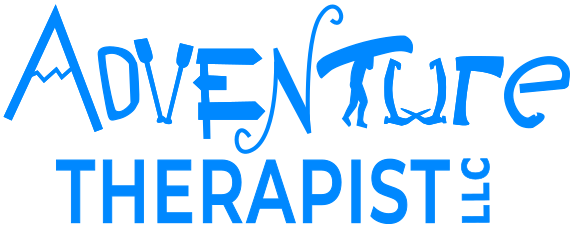
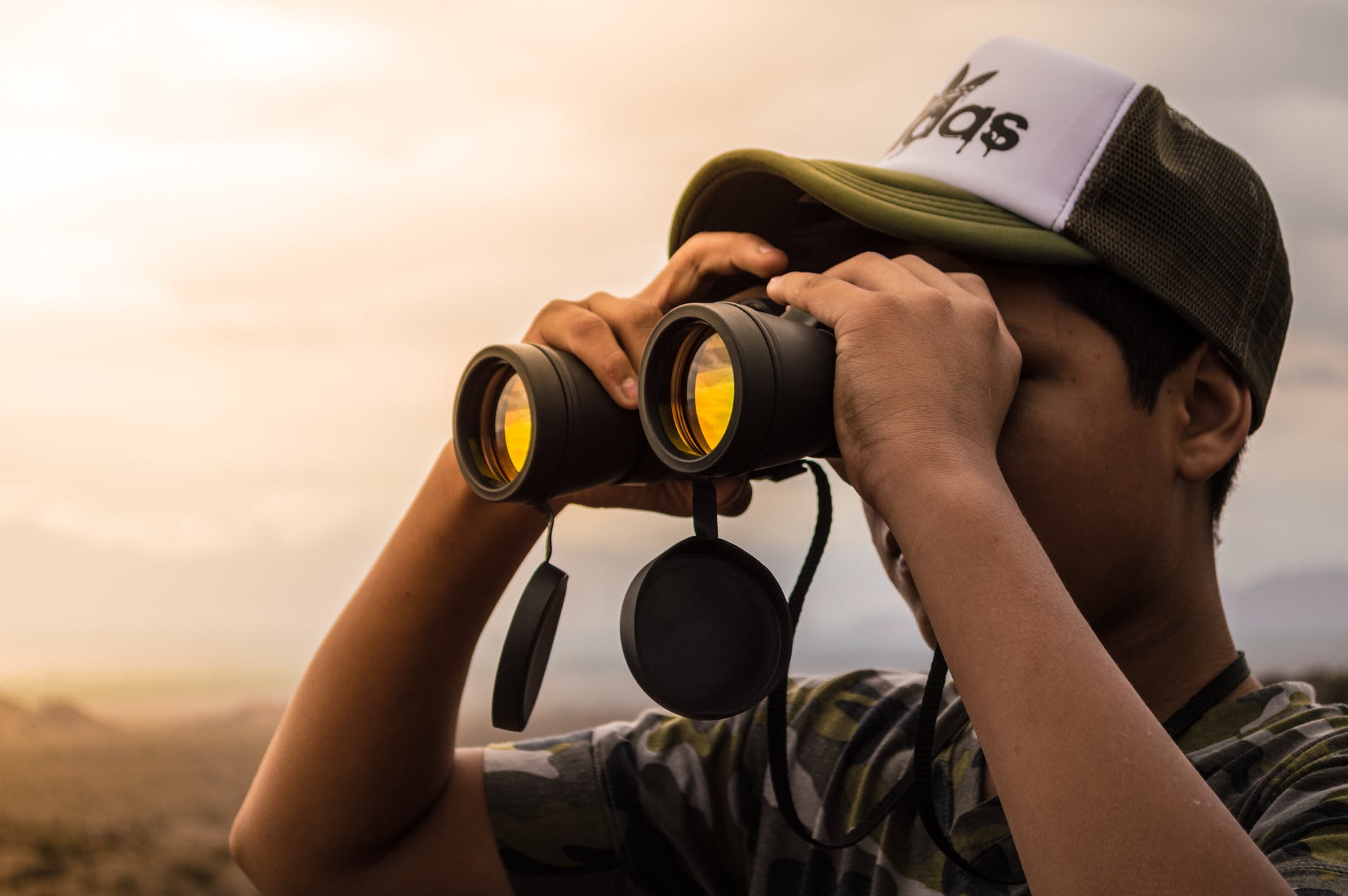

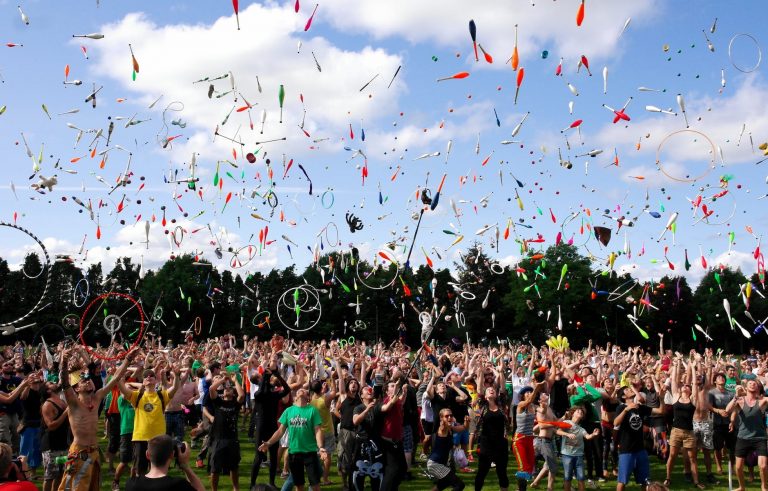
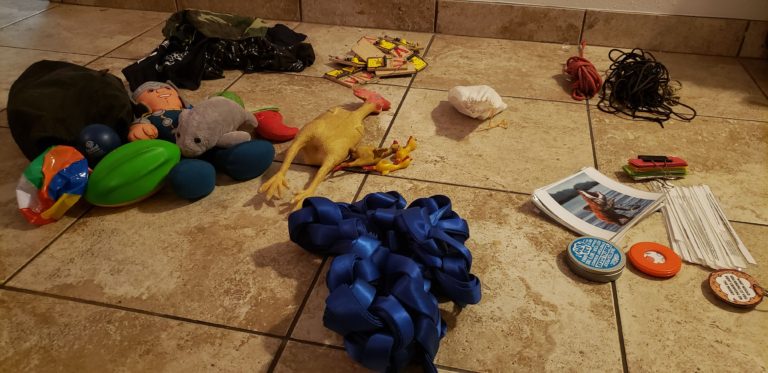

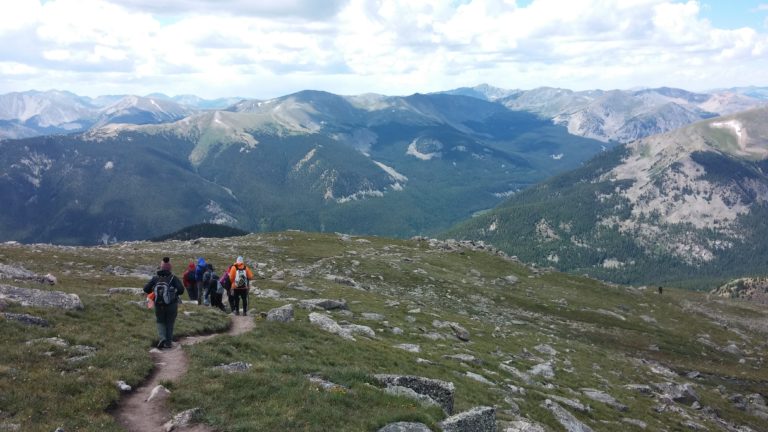
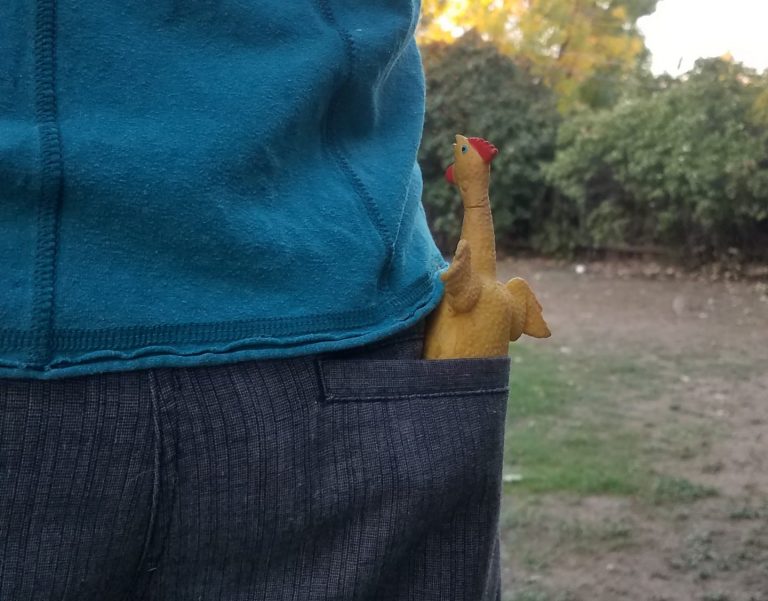


One Comment